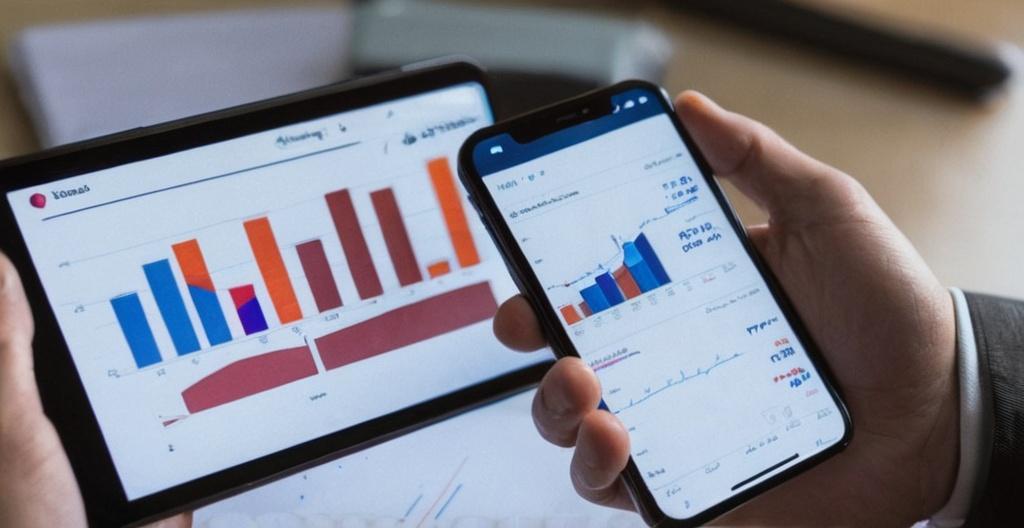Key Take Aways About Bloomberg Terminal Charting Tool
- Bloomberg’s charting tool offers robust data visualization for informed decision-making.
- Charts help identify trends and enable easier data analysis with customizable features.
- Various chart types cater to different trading strategies: line, candlestick, bar, and point and figure.
- Technical indicators like moving averages, RSI, and MACD provide added insights for strategy development.
- Practical applications in trading include identifying entry/exit points and improved risk management.
- The tool is essential for serious traders, positioning Bloomberg’s feature as an industry standard.

The Bloomberg Terminal Charting Tool: A Brief Introduction
Picture this: you’re staring at your Bloomberg Terminal, the financial industry’s Ferrari. It’s got more features than a Swiss Army Knife, but today, we’re focused on one particular tool—Charting. Bloomberg’s charting tool is a robust instrument that allows investors and analysts to visualize data, spot trends, and make informed decisions. Here’s the lowdown.
Why Use the Bloomberg Terminal’s Charting Tool?
Forget about making blind guesses. With Bloomberg charts, you’re getting a window into the financial world—kind of like being hooked up to the Matrix but with fewer leather trench coats. Ever tried catching a falling knife in trading? Well, let’s avoid that and use some charts instead to time our entries and exits.
Visualizing Trends
Charts help you identify trends quicker than you can say “bull market.” Whether you’re looking at lines, bars, or candles, each visual representation has something to tell you. It’s like reading tea leaves, but with less mess and a lot more data backing you up.
Data Analysis Made Easier
Charts are your data whisperers. By using technical indicators, you can decipher patterns, understand market sentiments, and make predictions. It’s your own financial crystal ball, just without the hocus pocus.
Customization Options
Bloomberg’s charting tool lets you fiddle with indicators, time frames, and even the color scheme—because who doesn’t love a good aesthetic while analyzing a bearish divergence?
Chart Types and Their Uses
There’s a chart for everyone. Whether you’re the type that loves numbers or prefers a more visual approach, you’ll find something that fits like a glove.
Line Charts
Perfect for those who just want to see closing prices. It’s simple, straightforward, no bells and whistles. Ideal for a long-term investment strategy where details aren’t as necessary.
Candlestick Charts
The go-to for day traders and swing traders. Candlesticks tell you everything: the open, high, low, and close, all wrapped up in a neat package. It’s like getting a mini-market report every day.
Bar Charts
If candlesticks sound like too much detail, bar charts offer a middle ground. They’re easier to read and still provide key price points. Think of them as the Goldilocks of chart types—not too simple, not too complex, just right.
Point and Figure Charts
No time to worry about time? Point and figure charts focus solely on price changes, ignoring time intervals. Pure price action, plain and simple.
Technical Indicators Worth Knowing
If charts are the body, technical indicators are the soul. They provide those extra layers of insight that can turn a hunch into a solid strategy.
Moving Averages
The cornerstone of trend-following systems. They smooth out price data, making it easier to spot the direction of the trend. Think of them as your trusty sidekick in identifying whether you’re in bull or bear territory.
Relative Strength Index (RSI)
An oldie but goodie. This oscillator measures the speed and change of price movements and can help identify overbought or oversold conditions—ideal when trying to time your market moves.
MACD (Moving Average Convergence Divergence)
A two-in-one indicator that combines trend following and momentum. It’s like having a two-for-one coupon when you’re unsure if you’re getting a good deal or not.
Practical Applications in Trading
Charts and indicators aren’t just for show; they have practical uses that can affect your P&L.
Identifying Entry and Exit Points
Using charts can help identify optimal entry and exit points. Instead of timing the market, think of it as letting the market time you.
Risk Management
By understanding trends and patterns, you can better manage risk. It’s like having a safety net while tightrope walking across volatile markets.
Conclusion
The Bloomberg Terminal charting tool is more than smoke and mirrors. It’s a powerful resource for anyone serious about trading or investing. You wouldn’t go scuba diving without a mask, so don’t trade without using this tool. Sure, there might be other terminals out there, but Bloomberg’s charting feature sets the standard. Remember, while the tool provides the insights, it’s still up to you to connect the dots and draw your conclusions. With enough practice, you’ll be reading these charts like a pro—or at least like someone who plays one on TV.